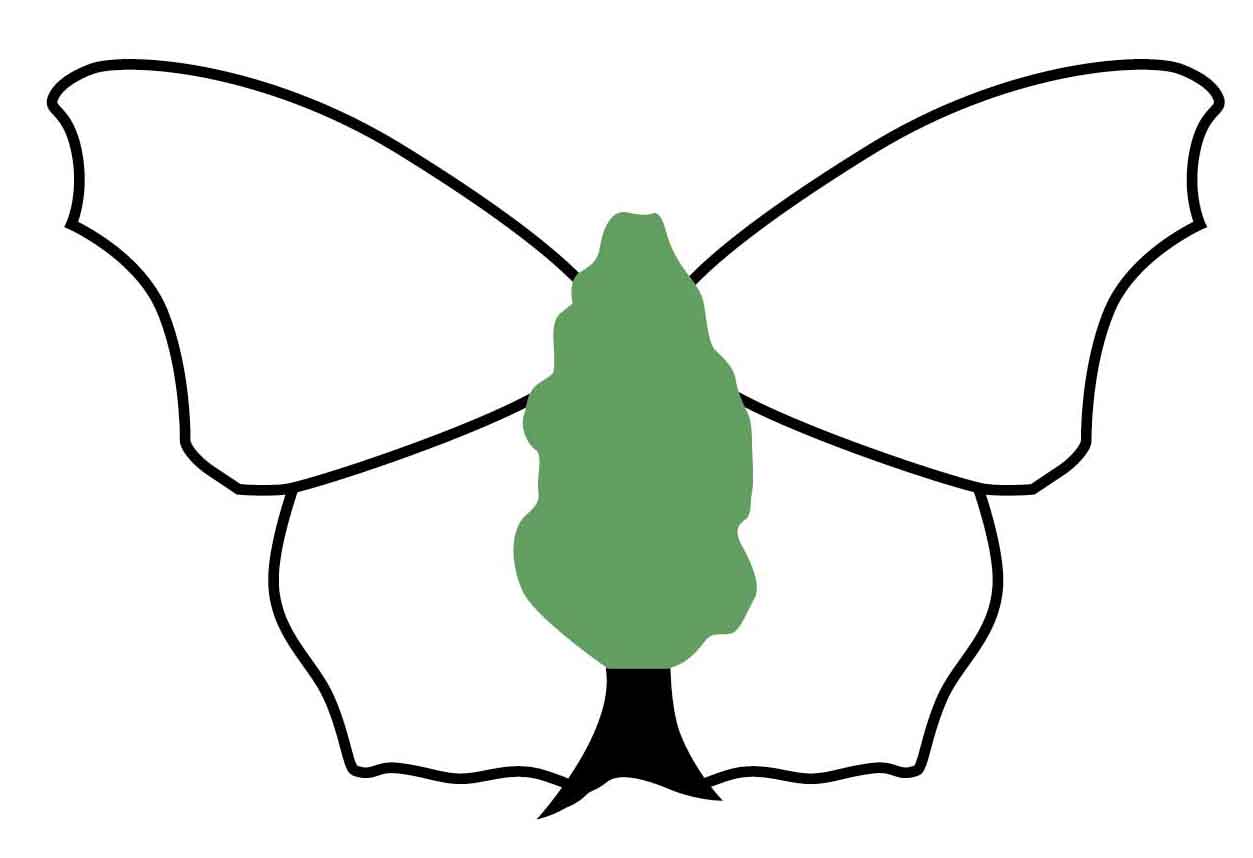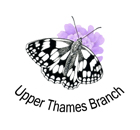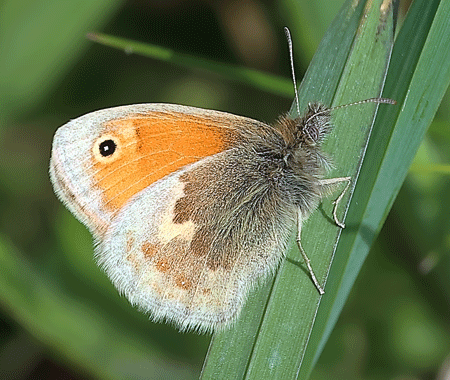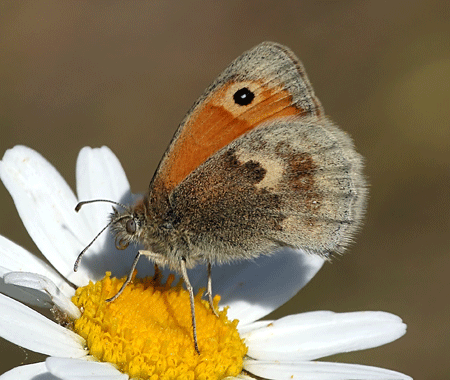 | Butterfly Conservation Saving butterflies, moths and our environment | Upper Thames Branch |  |
Small Heath (Coenonympha pamphilus) | ||||||||||||||||||||||
| Description | ||||||||||||||||||||||
| Wing span: 28-34 mm. The Small Heath never rests with its wings open. Instead, it angles its whole body and wings to get maximum benefit from the sun. It never flies more than two or three feet above the ground. The sexes are similar. It is found throughout the British Isles. It occurs on grassland where there are fine grasses, especially in dry well-drained situations where the sward is short and sparse. The largest colonies occur on downland, heathland, and coastal dunes. Smaller populations occur in many other locations including roadside verges, waste ground, woodland rides and glades, moorland, and parkland. | ||||||||||||||||||||||
| Images (click to enlarge) | ||||||||||||||||||||||
| ||||||||||||||||||||||
| Life Cycle | ||||||||||||||||||||||
| There are two broods per year, with peak flight periods in May/June and August. The larva is the over-wintering stage. | ||||||||||||||||||||||
| Larval Foodplants | ||||||||||||||||||||||
| The main larval food plants are Bents (Agrostis spp.), Fescues (Festuca spp.) and Meadow-grasses (Poa spp.). | ||||||||||||||||||||||
| Nectar Sources | ||||||||||||||||||||||
| Adults feed primarily on Bramble, Buttercups, Devil's-bit Scabious, Fleabane, Greater Stitchwort, Kidney Vetch, Ragwort, Tormentil and Yarrow. | ||||||||||||||||||||||
| UK Conservation Status | ||||||||||||||||||||||
| Vulnerable | ||||||||||||||||||||||
| Earliest UTB first sighting (since 2004) : 13th April | ||||||||||||||||||||||
| Mean UTB first sighting (since 2004) : 29th April | ||||||||||||||||||||||
| Distribution and Sites | ||||||||||||||||||||||
 Key |
| |||||||||||||||||||||
| Related Species | ||||||||||||||||||||||
| ||||||||||||||||||||||
Copyright © Butterfly Conservation Upper Thames Branch 2024
Privacy and Copyright Statement
Butterfly Conservation : Company limited by guarantee, registered in England (2206468)
Registered Office: Manor Yard, East Lulworth, Wareham, Dorset, BH20 5QP, Tel: 01929 400 209
Charity registered in England & Wales (254937) and in Scotland (SCO39268)
Privacy and Copyright Statement
Butterfly Conservation : Company limited by guarantee, registered in England (2206468)
Registered Office: Manor Yard, East Lulworth, Wareham, Dorset, BH20 5QP, Tel: 01929 400 209
Charity registered in England & Wales (254937) and in Scotland (SCO39268)


